December itinerary in Japan Day 4 (Akita Day 4)
(Tuesday, December 14th)
Table of contents
2. AKITA municipal AKARENGA-KAN museum
4. Former Kaneko Family Residence
1. Tentokuji Temple
On the 4th day of my trip to Aomori and Akita, I gave up going to the “Namahage Museum” on the Oga Peninsula, considering the effects of snow. Therefore, I checked out before 11 o’clock, had an early lunch, and then went sightseeing in Akita City.
First, I went to Tentokuji. The bus I used are as follows.
Depart Akita Station West Exit at 12:20, 207 Bound for Akita Health and Welfare Medical Center, arrive at Tentokuji-Mae at 12:31, fare Yen 250
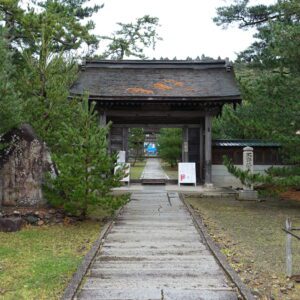
Tentokuji is a temple of the Soto sect (Zen sect). It is the family temple of Mr. Satake, the lord of the Kubota domain (Akita domain). The main hall, the Shoin, the Sanmon, the Somon, and the Satake family sacred house are national important cultural properties. The main hall was built in 1687, the Shoin in 1806, the Sanmon in 1709, the Somon in the early 17th century, and the Satake family sacred house in 1672.
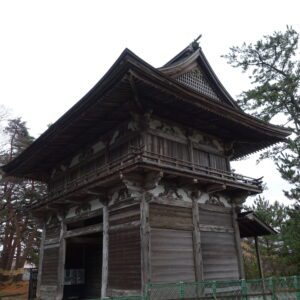
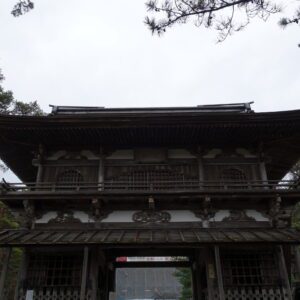
I couldn’t see it because of the renovation work of the main hall. The Sanmon was a magnificent Sanmon that was simple and strong, which is typical of Zen Buddhist temples. I couldn’t enter the Satake family sacred house, but I could only shoot from outside the fence.
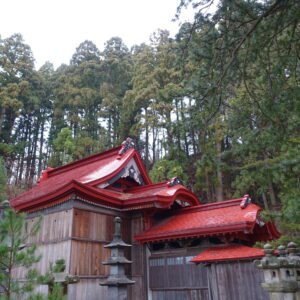
The renovation work is scheduled to be completed in 2023. It is close to Akita Station and has good access, so I would like to revisit it when I go on a trip to Akita after the renovation work.
2. AKITA municipal AKARENGA-KAN museum
I went to “AKARENGA-KAN museum” from Tentokuji. The buses I used are as follows.
Depart Tentokuji Temple at 12:53, 209 Bound for Akita Station West Exit, arrive at 2-chome Bridge at 13:03, fare Yen 250
“AKARENGA-KAN museum” is a building completed in 1912 as the former Akita Bank head office. The name is “AKARENGA-KAN museum (Red Brick museum )”, but it is a very beautiful building with a contrast of red and white, with white porcelain tiles on the first floor and red bricks on the second floor. It is a national important cultural property. Personally, I’m sorry that the signboards such as the price list of “AKARENGA-KAN museum” are blue, which spoils the beauty of the building.

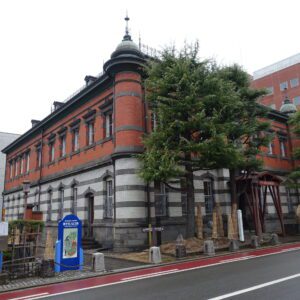
You can tour the inside of the “AKARENGA-KAN museum”. The old business room in the first floor hall is worth seeing for its plaster relief on the ceiling and the huge chandelier.

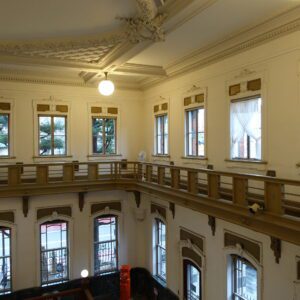
Also, the magnificent fireplaces in the former president’s room and the former guest room are wonderful, so please take a look inside.
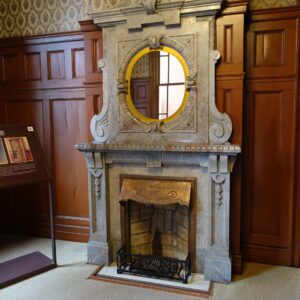
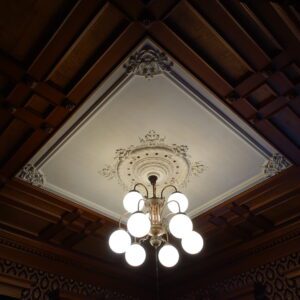

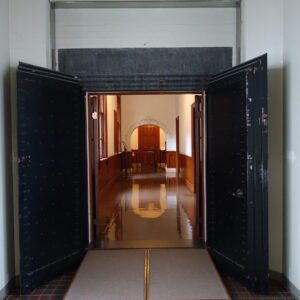
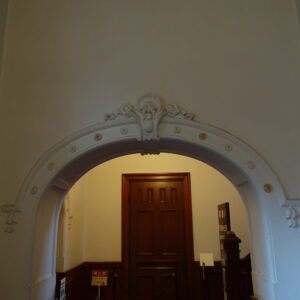
Admission: Yen 210, common ticket for 3 buildings (AKARENGA-KAN museum, Neburi nagashi-kan, Former Kaneko Family Residence) Yen 260, free for high school students and younger
3. Neburi nagashi-kan
I went to the “Neburi nagashi-kan”, which is about a 5-minute walk from the “AKARENGA-KAN museum”. On the first floor of the “Neburi nagashi-kan”, the Akita Kanto Festival’s Kanto and the Hikiyama floats of the The Tsuchizaki Minato Hikiyama Festival are on permanent display. The Akita Kanto Festival and the Tsuchizaki Port Hikiyama Festival are national important intangible folk cultural properties.
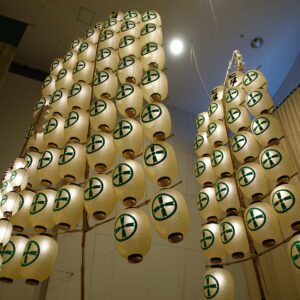
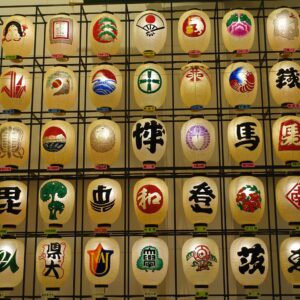
There is also a challenge corner where you can actually experience the Kanto performance. I also tried to bring a Kanto for the lower grades of elementary school, but I couldn’t hold it well because it was much heavier than I had imagined and it was long. I was able to understand how advanced skills are required for acting with a long and heavy Kanto for adults.
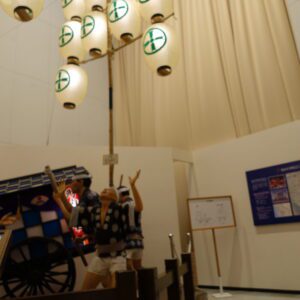
In the exhibition rooms on the 2nd and 3rd floors, there were exhibitions and video introductions about many folk performing arts in Akita. I think the “Neburi nagashi-kan” is a fairly fulfilling facility. I think the admission fee of 100 yen is an exceptional price, so I would like many people to visit.
Admission: Yen 100, common ticket for 3 buildings (AKARENGA-KAN museum, Neburi nagashi-kan, Former Kaneko Family Residence) Yen 260, free for high school students and younger
4. Former Kaneko Family Residence
Next to the “Neburi nagashi-kan”, there is the “Former Kaneko Family Residence”. The “Former Kaneko Family Residence” is a townhouse in the late Edo period, and the interior remains quite beautiful. It is designated as a tangible cultural property of Akita City.
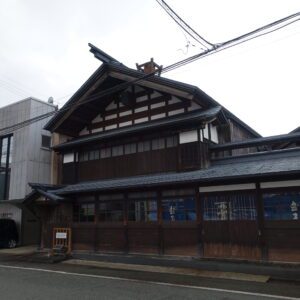
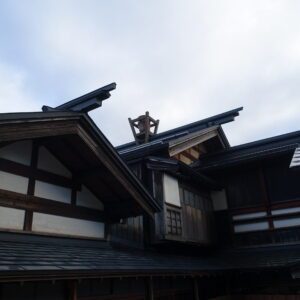
When you enter the interior of the “Former Kaneko Family Residence”, the conversation of old business starts automatically. I think it’s a good attempt to feel like you’ve slipped back in time.
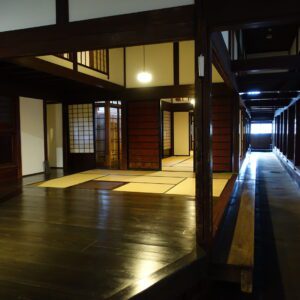
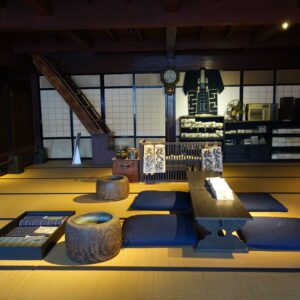
Admission: Yen 100, common ticket for 3 buildings (AKARENGA-KAN museum, Neburi nagashi-kan, Former Kaneko Family Residence) Yen 260, free for high school students and younger
5. Akita Airport
After having dinner in Akita City, I headed to Akita Airport. The bus I used are as follows.
Depart Akita Station West Exit at 18:30, Limousine Bus Akita Airport Line, arrive at Akita Airport at 19:10, Fare Yen 950
At Akita Airport, objects and photographs of Akita’s world-famous Namahage and Akita dogs were displayed.
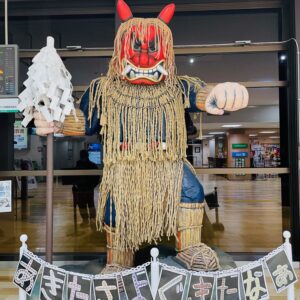
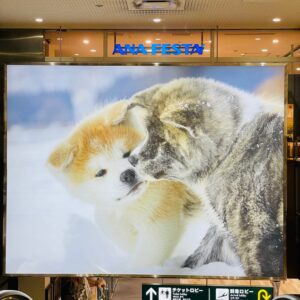

There were also dried flowers for Christmas. I like dried flowers that aren’t flashy like this.
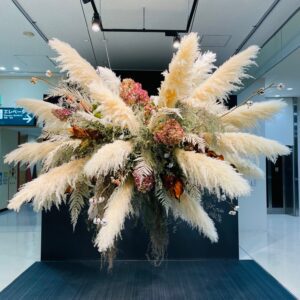
The ceramic plate relief of “Fisherman Sanpei”, a masterpiece of Takao Yaguchi, a manga artist from Akita Prefecture, decorated the lobby of Akita Airport as a public art. It is a large relief with a width of 6.7 meters and a height of 3.5 meters. “Fisherman Sanpei” was my favorite manga when I was a kid.
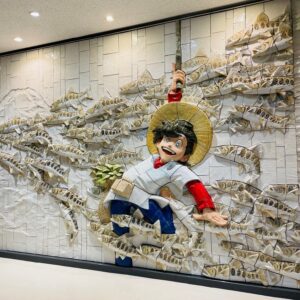
Note: The departure / arrival times, fares, admission fees, meal fees, etc. of transportation listed in the text are as of the time of writing the BLOG. Please check for yourself when you go on a trip as it may change in the future.